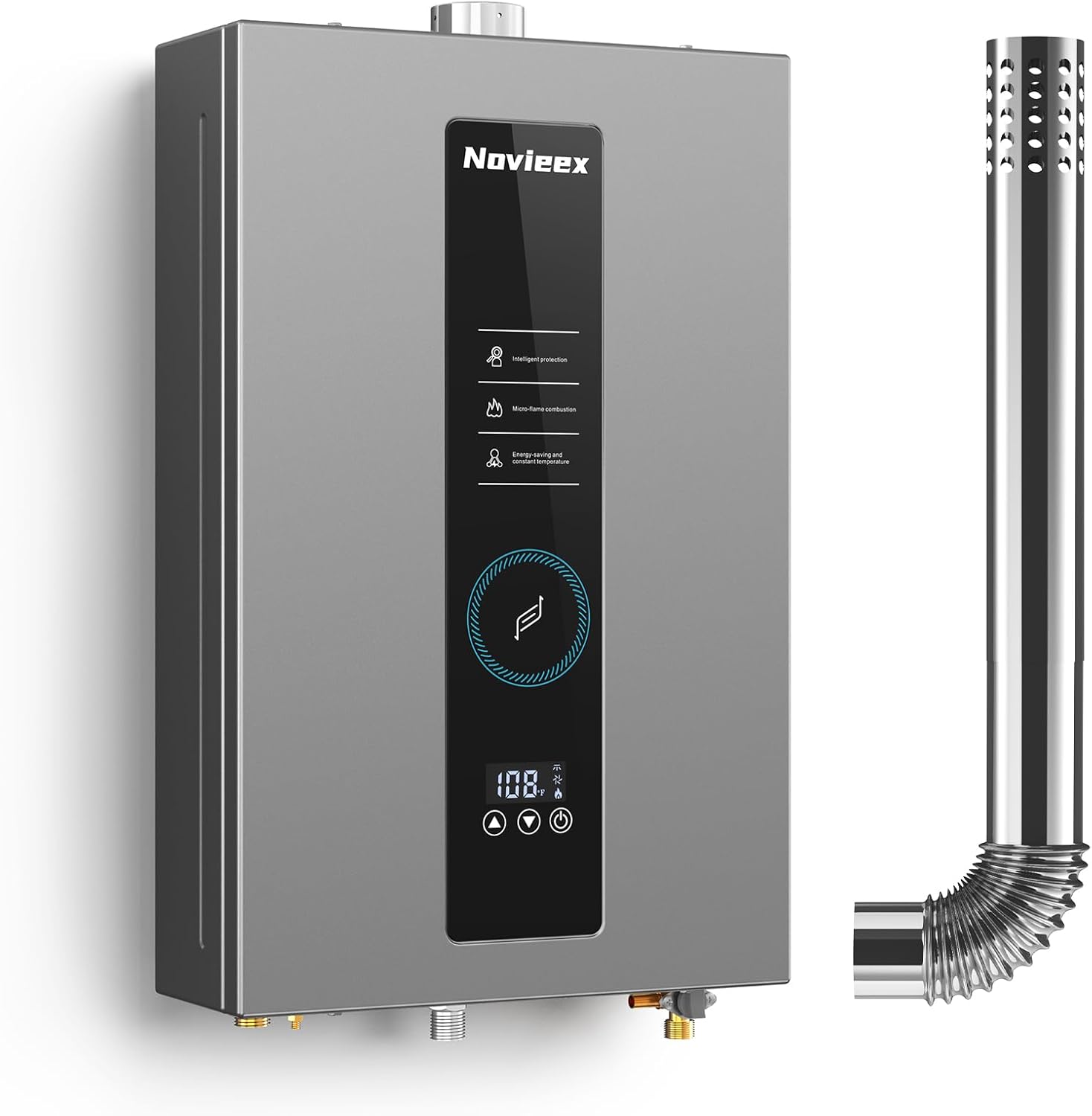When designing a solar heating system, consider factors like location, solar access, system size, insulation, and local regulations to optimize efficiency and performance.
Designing an effective solar heating system requires careful planning and consideration of multiple factors. From location and sunlight exposure to system size and thermal storage, each element plays a crucial role in maximizing efficiency and cost savings.

Location and Solar Access
Your geographic location significantly impacts solar heating system performance. Key considerations include:
- Latitude and climate zone
- Annual sunshine hours
- Average temperatures
- Local weather patterns
For optimal performance, south-facing surfaces in the northern hemisphere (north-facing in southern hemisphere) should have unobstructed access to sunlight between 9am-3pm. Consider potential future obstructions like growing trees or new construction.
Site-Specific Factors
Evaluate these site characteristics:
| Factor | Consideration |
|---|---|
| Orientation | Within 30° of true south for maximum exposure |
| Shading | Minimize obstructions from buildings, trees, or terrain |
| Slope | Optimal tilt angle equals your latitude ±15° |

System Components and Design
A well-designed solar heating system integrates several key components:
Collector Types
Choose collectors based on your climate and needs:
- Flat-plate collectors – Most common for domestic hot water
- Evacuated tube collectors – Better for cold climates
- Unglazed collectors – Best for pool heating
For specialized applications, consider solar pool heaters or solar window heaters.
Thermal Storage
Effective thermal mass materials include:
- Concrete (20-40 BTU/ft³°F)
- Brick (25 BTU/ft³°F)
- Water (63 BTU/ft³°F)
- Phase change materials (high capacity)
According to U.S. Department of Energy, water stores twice as much heat as masonry per cubic foot but requires stronger structural support.
System Sizing and Efficiency
Proper sizing prevents underperformance or excessive costs:
Load Calculation
Determine your heating requirements by calculating:
- Building heat loss (BTU/hr)
- Domestic hot water needs
- Seasonal variations
Performance Factors
Key efficiency metrics include:
| Metric | Description | Target Range |
|---|---|---|
| Solar Fraction | Percentage of load met by solar | 40-80% |
| Collector Efficiency | Energy conversion rate | 30-70% |
| System Efficiency | Overall performance | 30-50% |
Cost Considerations
Balance upfront costs with long-term savings:
Initial Investment
Typical costs for residential systems:
- Domestic hot water: $3,000-$8,000
- Space heating: $10,000-$30,000
- Pool heating: $3,000-$4,000
Financial Incentives
Available rebates and tax credits can reduce costs by 30-50%. Check DSIRE database for local programs.
Maintenance Requirements
Regular maintenance ensures optimal performance:
- Clean collectors quarterly
- Check fluid levels and quality annually
- Inspect pumps and controls
- Monitor system performance
For complex systems, consider professional maintenance contracts. Simple systems like propane heaters may require less maintenance but have different efficiency profiles.
Integration with Existing Systems
Solar heating works best when combined with:
- High-efficiency backup heaters
- Smart thermostats
- Energy storage systems
- Building automation
Proper integration maximizes solar contribution while ensuring comfort during low-sun periods.

